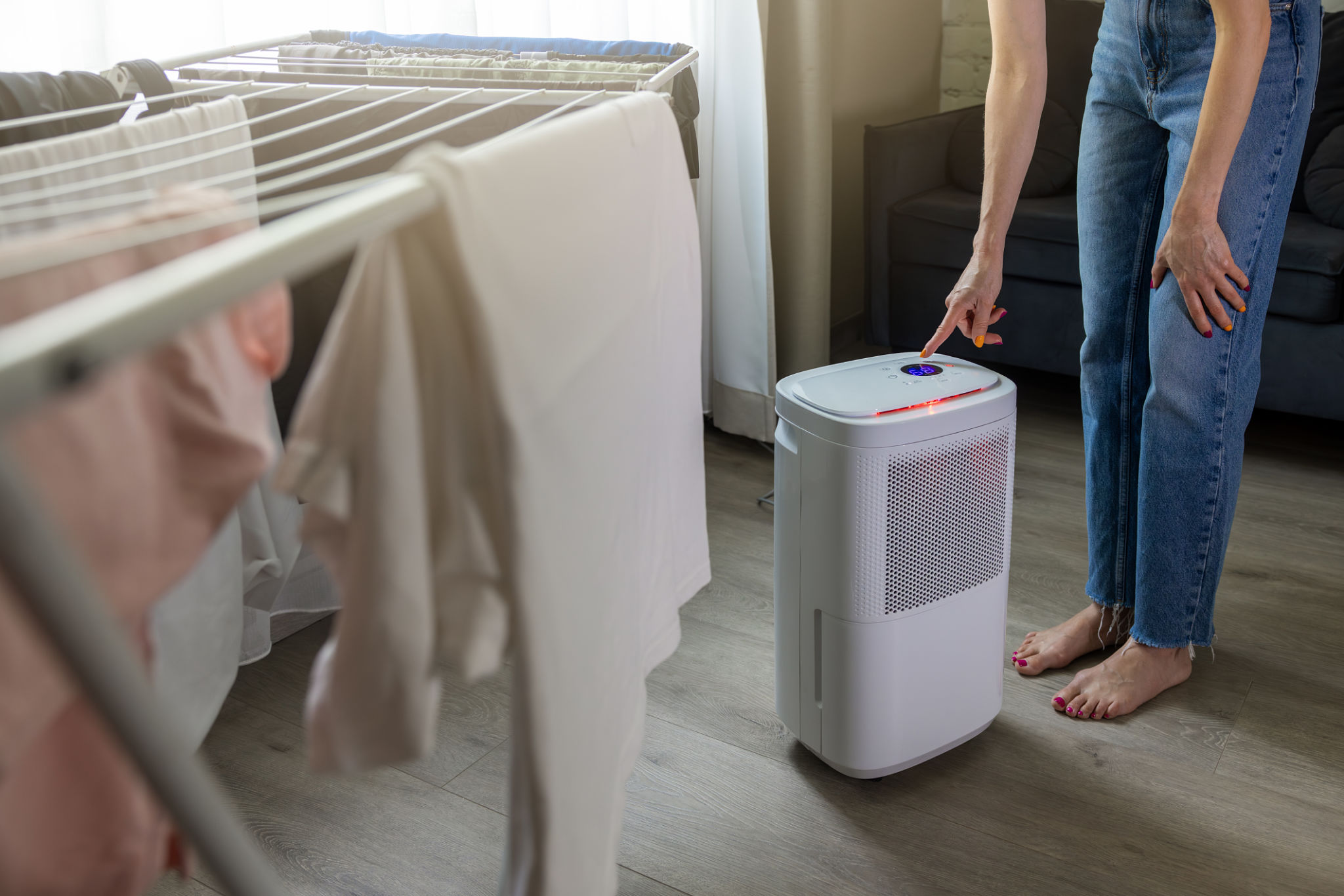DIY Water Damage Repair: What You Can Do Before the Professionals Arrive
Understanding the Impact of Water Damage
Water damage can wreak havoc on your home, leading to structural issues and mold growth if not addressed promptly. Whether it's from a burst pipe, heavy rain, or an overflowing appliance, the effects can be extensive. It's essential to act quickly to minimize damage and costs.

Initial Assessment and Safety Precautions
Before diving into repairs, conduct a thorough assessment of the affected area. Check for potential hazards such as electrical outlets or appliances in contact with water. If necessary, shut off the electricity to prevent shocks or fires. Ensure your safety by wearing protective gear like gloves and boots.
Once you've ensured safety, document the damage with photos. This will be useful for insurance claims and when consulting professionals later.
Stopping the Source of Water
The first step in addressing water damage is to stop the source of water intrusion. If it's a plumbing issue, turn off the main water supply. For roof leaks, cover the affected area temporarily with a tarp. Quick action can prevent further damage.

Removing Standing Water
Standing water can cause significant structural damage and promote mold growth if not removed promptly. Use a wet/dry vacuum for small areas or buckets and mops for larger volumes. Ensure all water is extracted from carpets and furniture to prevent saturation.
For more extensive flooding, consider renting a commercial-grade pump to speed up the process. The sooner you remove the water, the less damage you'll face.
Drying and Dehumidifying the Affected Area
After removing standing water, focus on drying the area thoroughly. Open windows and doors to increase ventilation, and use fans to circulate air. Dehumidifiers can significantly reduce moisture levels, preventing mold growth and musty odors.

Cleaning and Disinfecting
Water damage often leaves behind dirt and bacteria. Clean all surfaces with soap and water, then disinfect using a solution of bleach and water. Pay special attention to areas prone to mold growth, such as basements and bathrooms.
Dispose of any materials that cannot be salvaged, such as soaked rugs or insulation, to prevent further contamination.
Monitoring for Mold Growth
Mold can develop quickly after water damage, sometimes within 24-48 hours. Regularly inspect affected areas for any signs of mold, such as musty odors or discoloration on walls and ceilings. If you detect mold, it might be time to call in professionals for safe removal.
When to Call in the Professionals
While DIY efforts can mitigate some damage, certain situations require professional intervention. If structural integrity is compromised or mold is widespread, experts have the tools and expertise to address these issues effectively.

Ultimately, acting swiftly can make a significant difference in the extent of damage and repair costs. By following these steps before professionals arrive, you can help safeguard your home from further harm.
